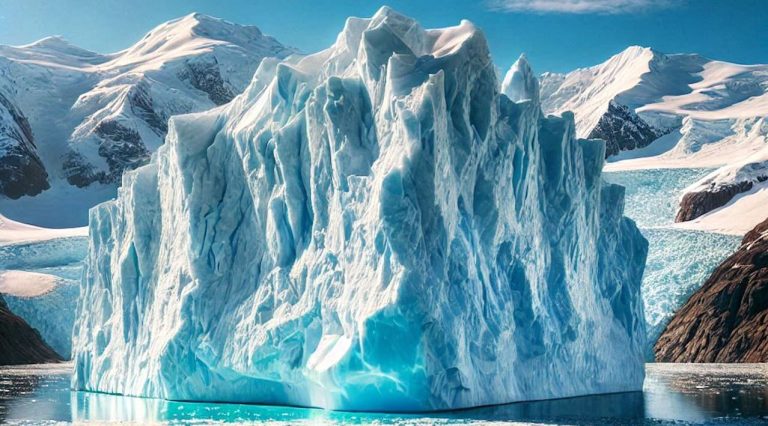
In July 2017, CNN and other media published reports about the calving of the A-68 iceberg from Antarctica's Larsen C ice shelf, which CNN said we should be “alarmed” about because of climate change. CNN was wrong. [emphasis, links added]
It is based on an incomplete understanding of iceberg formation and calving, and results from a rush to judgment that furthers the false climate catastrophe narrative.
For example, CNN's John D. Sutter wrote in this article: That giant iceberg should scare you. that's why:
This doesn’t look like climate change.
There is no disagreement among climate scientists over whether humans are warming the planet by burning fossil fuels and polluting the atmosphere with greenhouse gases. we are. We see the consequences.
At the time, climate nobodies in the media blamed it on climate change, but today, an Emily Litra moment seems to have just happened, as New peer-reviewed scientific research shows there's nothing unusual about this, and we shouldn't worry.
The new study was published in Geophysical Research Letters Throwing a bucket of ice water on those over-exaggerated media claims.
In this study, MacKie et al. (2024) analyzed 47 years of Antarctic observation satellite data and found that The maximum annual calving number in Antarctica did not change between 1976 and 2023.
The main findings of the study are:
- Antarctica’s annual largest iceberg area has not shown a significant upward trend since 1973based on satellite measurements.
- The detachment of Iceberg A-68 from the Larsen C ice shelf was not statistically significant.
- Calving events several times larger than any observed in modern records may occur, and, This is not necessarily due to climate change.
To be clear, the calving of the A-68 iceberg is “not statistically exceptional” in historical satellite records. Let us understand this.
This finding suggests that extreme iceberg calving events such as the recent 2017 Larsen C Iceberg A-68 are Statistically speaking, this is not exceptional, and extreme calving events are not necessarily the result of climate change.
The author also emphasizes The calving of ice sheets and glaciers shows a healthy cycle of advancing and retreating glaciers, rather than indicating glacier or ice sheet instabilitypointed out that
Our results therefore suggest that extreme calving events should not automatically be interpreted as signs of ice shelf instability; The calving front advances and retreats, representing the natural cycle.
What's more, based on the results of the generalized extreme value (GEV) distribution model used in the study, the scientists concluded: Statistically, the calving event may be several times larger than anything observed in satellite data sets to date.
For example, the author says, “A once-in-a-century iceberg calving event would create an iceberg surface area approximately the size of Switzerland.”
This is supported by other historical paleoclimate data and studies, such as Bentley et al., 2005, which suggest that such extreme calving events had occurred before throughout the Holocene, something the authors also note in the Discussion.
In other words, the media makes a lot of trouble out of nothing.
Will this new study by Mackie et al. Refuting the climate alarm noise of 2017 that got a lot of media attention? Probably not. This does not fit with the sensational narrative of impending climate catastrophe promoted by the media.
They would rather sweep this inconvenient fact under the rug than admit that they were not only wrong, but terribly wrong.
Note: Hats off to Chris Martz on Twitter for bringing this new study to my attention.
Read more Climate Realism
